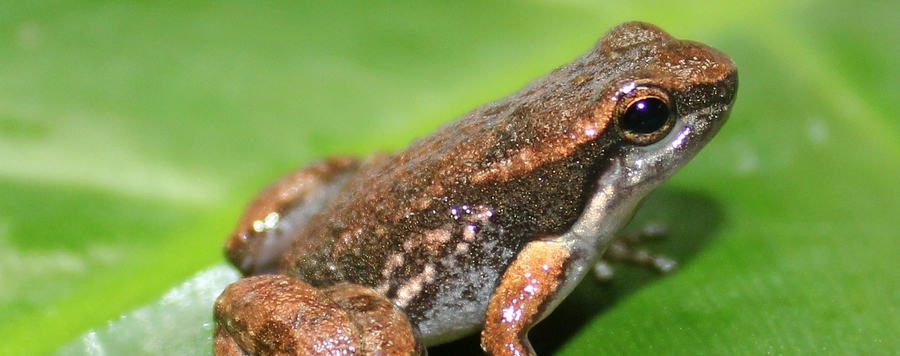
Amphibians in zoos: a global approach on distribution patterns of threatened amphibians in zoological collections
In 2008, the European Association of Zoos and Aquaria and Amphibian Ark proclaimed the ‘Year of the Frog’. In the present study, based on analyses conducted in April and May 2017, the selection of amphibian species in zoos was investigated almost 10 years after that campaign. Given the huge diversity of amphibians, their representation in zoological collections was still poor, with only around 7% (540 species) of all extant amphibian species kept in zoos (76% anurans, 22% caudates and 2% caecilians). Only 10•4% of the amphibians in zoos were kept in sufficient numbers in different collections, while a further 10•1% were represented by a single specimen. Only 4•3% of the amphibian species that were recommended by the Amphibian Ark for ex situ conservation were kept in zoos. Moreover, 44•3% of the globally threatened amphibians in zoos were each held by a single zoo only. With some exceptions, reproduction success of amphibians in zoos was low and reported for only 10% of amphibian species in two or more institutions within one year. In the present study, a richness analysis provided further insights into the focus areas of amphibians in zoological collections. Large numbers of zoos in North America and Europe maintained amphibian collections of global importance, although the distribution of these institutions did not match the natural distribution of target species that were most urgently in need of ex situ rescue. Investing in conservation-breeding programmes and cooperation with local partners will help to increase the number of threatened amphibian taxa in zoos. Although the global zoo community’s response to the amphibian decline is slow, it still holds the capability to procure a shift from common to threatened taxa. By providing their expertise and facilities for the keeping and (conservation) breeding of threatened amphibian taxa, zoos can play a key role in amphibian conservation in terms of the ‘One Plan approach’.






